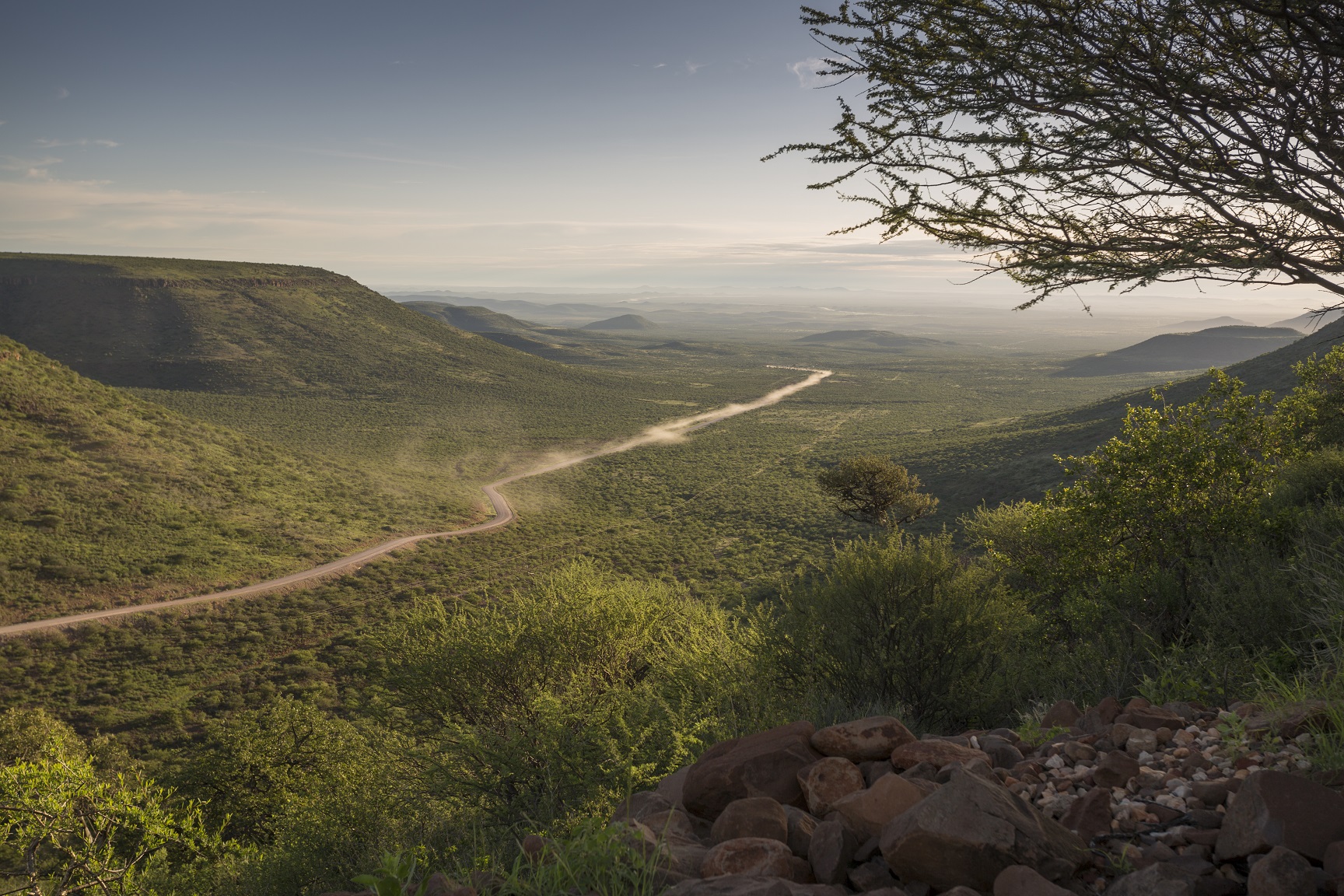
Tourism offers a key to Namibia’s future prosperity—and this concept is being embraced at national and local levels.
Because of its jaw-dropping beauty and abundant wildlife, the Government of Namibia recognizes the importance of creating jobs and attracting investment through tourism, especially in the country’s vast rural areas.
As part of MCC’s five-year, $304.5 million compact with Namibia, which successfully ended on September 16, 2014, the Government of Namibia opened three new roads that go through a number of communal conservancies. The new routes intend to boost tourists—and tourism dollars—to communities that need the income and jobs.
Emily Kandjaba, the coordinator of Omulunga Palm Route, believes the new route will go a long way to promote tourism in northern Namibia.
“This is a vehicle to steer our economic sector into the direction of alleviating poverty and creating wealth for this motherland,” she said, adding that many tourists are interested in seeing unspoiled nature in northern Namibia.
Heinrich Hafeni, managing director of Namibian firm Hafeni Tours and Travel, said he is already seeing a positive change in the way conservancies view their natural resources.
“If you look at the bigger picture, the compact’s Tourism Project has been immense because it has educated local people about tourism,” he said. Part of this education is working with local communities to conserve wildlife, giving future generations of tourists a reason to visit Namibia.
Namibian Environment and Tourism Minister Uahekua Herunga believes tourism will continue to play a major role in Namibia’s economic future.
“The Namibia Compact was a true smart partnership between the people of Namibia and the people of the United States of America,” he said.

